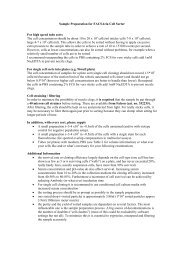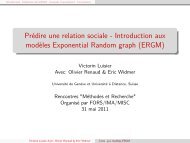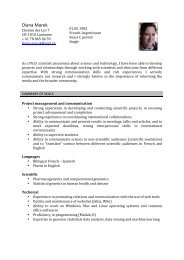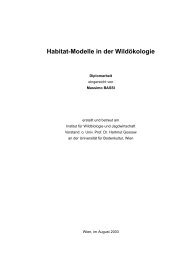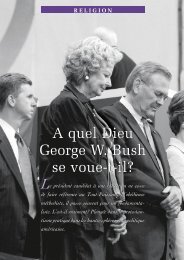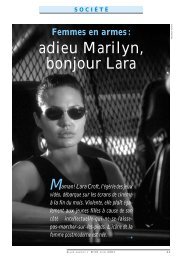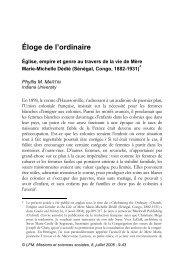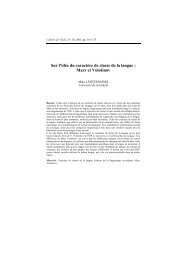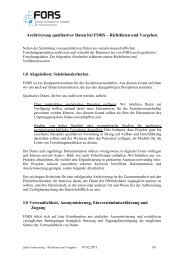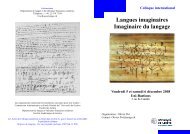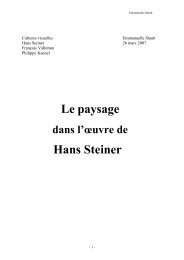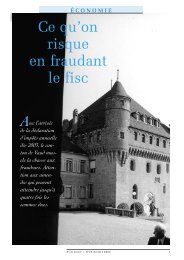conference programme book - European Survey Research ...
conference programme book - European Survey Research ...
conference programme book - European Survey Research ...
Create successful ePaper yourself
Turn your PDF publications into a flip-book with our unique Google optimized e-Paper software.
120 THURSDAY 21 JULY3.3.2 Distribuon funcon esmaon by using randomized response proceduresL. Barabesi 1 , G. Diana 3 , P. Perri 21 University of Siena, Italy; 2 University of Calabria, Department of Economics and Stascs, Italy; 3 Universityof Padua, ItalyMuch of the literature on survey sampling focuses on the esmaon of populaon parameters of a targetvariable, say Y. A typical parameter of interest is the populaon mean (or total). Nonetheless, final usersof survey data are oen interested also in the distribuon funcon F(y). The esmaon of the populaondistribuon funcon has received considerable aenon in a non-sensive quesons framework when dataare directly observed by means of convenonal techniques.3.3.3 Mulstage randomized response strategies for all probability sampling designsA. Quatember 11 Johannes Kepler University Linz, AustriaIn the talk a generalizaon of mulstage randomized response quesoning designs for the esmaon of proporonsapplicable for all probability sampling methods will be discussed under the aspect of efficiency andprivacy protecon: This strategy starts at stage 1 of h stages by asking a survey unit the queson ”Are you amember of group UA?” with probability p11. With the remaining probability 1-p11 the unit is directed to a secondstage, where the same queson is asked with probability p21. With the remaining probability 1-p21 theelement is directed to another stage and so on. Finally, at the h-th stage of the strategy the unit is asked withprobability ph1 the queson on membership of group UA. With probability ph2 the respondent is asked thequeson ”Are you a member of the complementary group?”. With ph3 the survey unit is asked the queson”Are you a member of group UB?” with UB being a completely non-sensive group...3.3.4 Improved Randomized Response Models Using Three Decks of CardsS. Abdelfatah 2 , R. Mazloum 2 , S. Singh 11 Texas A&M University - Kingsville, United States; 2 Faculty of Economics and Polical Science, Cairo University, EgyptOdumade and Singh (2009) have extended the Warner (1965) randomized response model by the use of twodecks of cards. In a trial to obtain more efficient esmator of the populaon proporon possessing a sensivecharacterisc, a new randomized response model based on the use of three decks of cards is proposed as anextension to the Odumade and Singh (2009) model. The condion under which the proposed model is moreefficient than the Odumade and Singh (2009) model has been obtained. An empirical study has also beenperformed to examine the relave efficiency of the proposed esmator with respect to the Warner (1965),Mangat and Singh (1990), Mangat (1994) and Odumade and Singh (2009) esmators. The proposed modelcan be easily adjusted to be more efficient than the previously menoned models but the problem of low levelof cooperaon from the respondents can be accompanied with such model...3.4 Collecon and analysis of social media data for survey researchTo be held on July 21, 2011 from: 09:00 to 10:30, in room 340.Coordinated by: Craig A. Hill - RTI Internaonal, United States3.4.1 Current state of social media use for survey researchC. Hill 1 , E. Dean 11 RTI Internaonal, United StatesAs the use of social media (Face<strong>book</strong>, Twier, etc) rises, the opportunies to use these plaorms and the dataresident on these plaorms to supplant or supplement ”tradional” survey data also increases.



